1. New York, NY
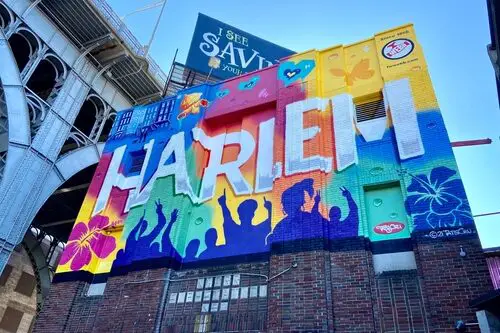
New York is almost the archetype of a city losing its soul through gentrification — neighborhoods like Harlem, Bushwick, and Chinatown have all seen long-time residents priced out, mom-and-pop shops replaced by luxury condos, and beloved cultural landmarks disappear. Critics argue that the city’s identity is being stripped down to sanitized, high-end corridors, and that what used to feel like a patchwork of communities now feels like a branded global city.
Even in neighborhoods once celebrated for their authenticity, rents have exploded and original residents struggle to stay. This constant churn means fewer people remember the old dynamics, and fewer cultural institutions survive.
2. San Francisco, CA
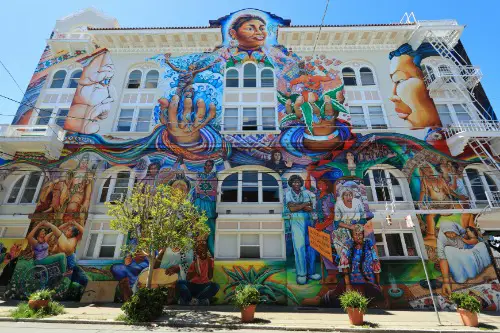
San Francisco has become a poster child for tech-driven gentrification: across its neighborhoods, artists and creatives have been evicted or squeezed out, and the city is often criticized for becoming an “Instagram facade.” In the Mission, once the heart of Latino culture in the city, colorful murals and local bodegas coexist weirdly next to polished cafes and invisible high-end housing.
In SoMA (South of Market), the historic leather and queer bar scene has all but vanished under luxury development. Many argue the magic that drew people there in the first place — risk, diversity, weirdness — has almost been erased.
3. Seattle, WA
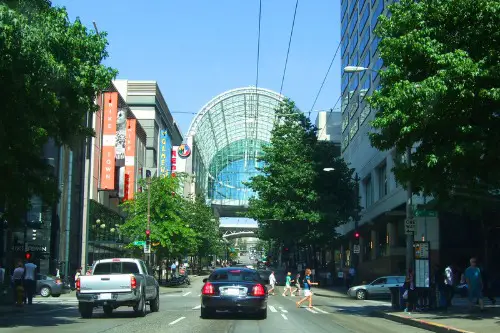
Seattle’s explosion of tech wealth has radiated into formerly working-class neighborhoods (especially those close to downtown), pushing up rent, altering demographics, and reshaping what’s socially and culturally viable. The Chinatown–International District is a strong example: its Asian heritage and community gathering spots have been under pressure from developers and rising land values.
Longtime residents in certain neighborhoods say they barely recognize what’s around them now, as new amenities cater to newcomers not to locals. The sense of possibility and rough edges has been replaced by uniform “amenity shopping” with condos above.
4. Chicago, IL
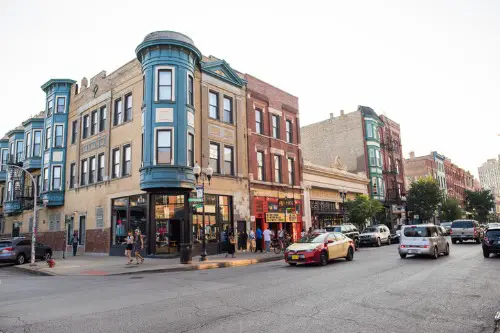
Chicago’s gentrification has been especially visible in neighborhoods like Wicker Park, Logan Square, Pilsen, and Bronzeville, where artists first led the way and then gave way to speculators. In Wicker Park, for instance, skyrocketing property taxes and commercial rent hikes pushed out many smaller, quirky businesses even as the area got trendy.
The city publishes a “Gentrification Index” to track how community areas are changing, and critics argue it’s a warning sign: the balance between authenticity and development is tipping badly. As a result, some Chicago neighborhoods feel less like communities and more like curated districts.
5. Washington, D.C.
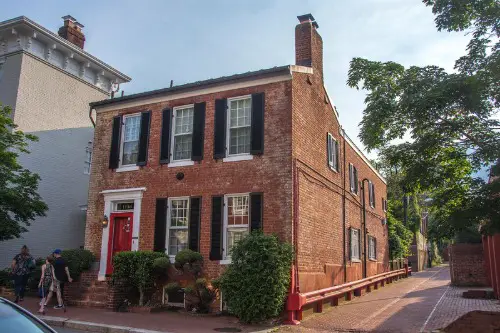
The transformation of neighborhoods like Shaw, Columbia Heights, and parts of the U Street corridor has often been hailed as “revitalization,” but many argue that the original Black communities there have been displaced or marginalized. Historically Black neighborhoods that once had deep cultural roots (jazz clubs, political activism, community halls) now see chains and upscale cafes in place of small social hubs.
Many long-time residents speak of “being priced out of our own city,” and that new residents don’t respect or understand the local histories. The soul of those districts is being flattened into a more generic “urban cool” aesthetic.
6. Philadelphia, PA
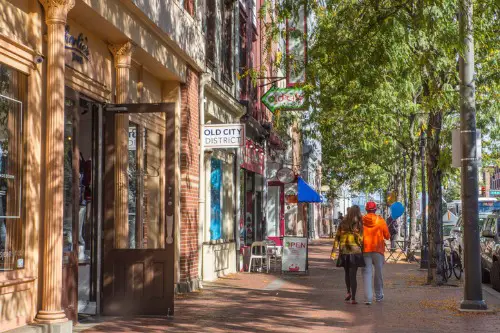
Philadelphia has numerous neighborhoods (like Northern Liberties, Fishtown, Kensington, Point Breeze) that have undergone waves of gentrification, displacing low-income and minority communities. As housing values rise and tax burdens climb, older families are pushed out or unable to keep homes.
New shops and amenities sometimes cater to outsiders rather than locals, and some argue much of what made these places vibrant—local music, community centers, ethnic businesses—vanishes under homogenizing pressure. The cultural memory becomes fragmented as locals leave and newcomers don’t carry the stories.
7. Austin, TX
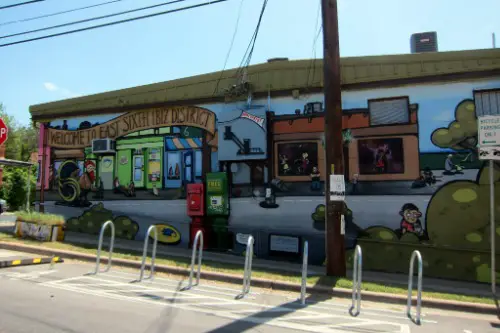
Austin used to pride itself on the slogan “Keep Austin Weird,” but many say that slogan is laughable today in the face of rampant gentrification. The city’s music scene around Red River and East Austin has been under threat from rising rents and venue closures.
Many smaller, alternative music spaces have been lost because landlords or city policy favor more “marketable” development. Locals argue that Austin is being reshaped into a sanitized tourist version of itself, rather than a city of grit and artistic risk.
8. Denver, CO
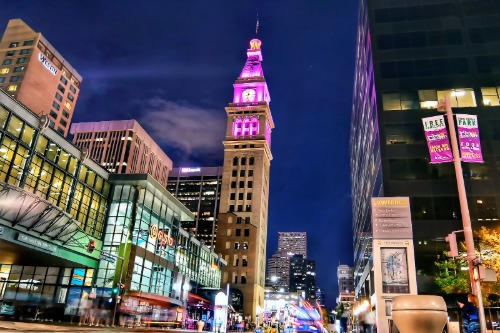
Denver (especially neighborhoods like Five Points) has seen a wave of investment and luxury developments that have changed its cultural fabric. Five Points was once known as the “Harlem of the West,” rich in African American culture and jazz history, but new condos and upscale businesses have pushed out many legacy residents.
A controversial moment came when a coffee shop in Five Points proudly declared “happily gentrifying,” provoking backlash for openly celebrating displacing culture. The sense of community among longtime residents is under siege from visual cues and economic shifts.
9. Atlanta, GA
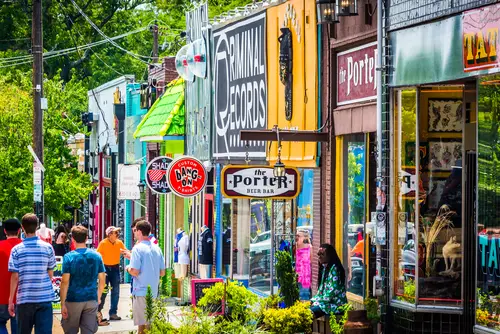
Atlanta, once a stronghold of Black entrepreneurship and cultural pride, is being reshaped by gentrification especially around neighborhoods like Old Fourth Ward, Edgewood, and along the BeltLine. Rising property values and new development have forced many Black residents to relocate to further suburbs or fringe areas.
Some critics say that the city that marketed itself as a “Black mecca” is losing that identity piece by piece, trading it for more “hipster” enclaves and sanitized redevelopment. Local artists and musicians sometimes say they no longer find affordable venues or supportive communities in city limits.
10. New Orleans, LA
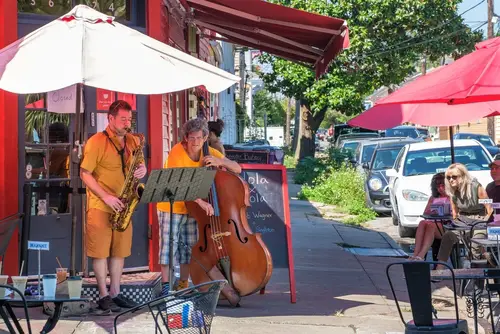
Post-Katrina redevelopment exacerbated gentrification in New Orleans, especially in neighborhoods like Tremé, Marigny, and parts of the French Quarter. The influx of outside capital and tourism meant that many longtime residents — especially Black communities — saw their neighborhoods turned into semi-theme parks or entertainment zones.
Cultural practices like second lines, local music clubs, and grassroots social halls have had to compete with short-term rentals and big investors. As many critics point out, the soul of New Orleans is its lived neighborhoods, not just the tourist façade.
11. Baltimore, MD
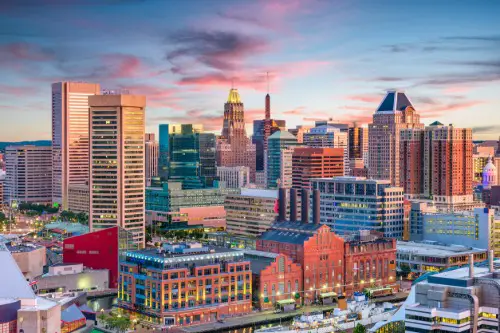
Baltimore neighborhoods like Station North, Highlandtown, and parts of West Baltimore have seen waves of gentrification, displacing lower-income residents and threatening local culture. As arts districts and “creative zones” got bolted onto neighborhoods, original residents often couldn’t afford the rising cost or stay in the conversation.
Some lament that gritty charm, murals, and block-level community rituals are giving way to clever cafés and real-estate showrooms. The original communities often feel invisible in planning decisions, eroding that city grit and voice.
12. Oakland, CA
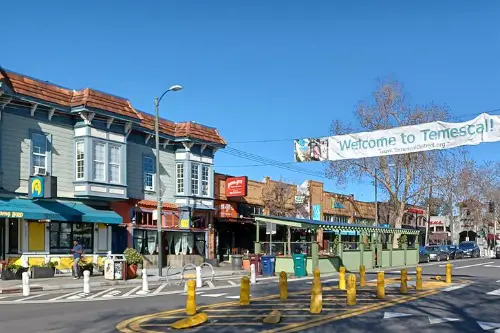
Once a refuge from San Francisco prices, Oakland itself is suffering heavy gentrification: neighborhoods like Fruitvale, West Oakland, and parts of downtown have changed dramatically with influxes of tech wealth. Residents talk of “erasing black spaces” as long-established African American and Latino communities lose ground.
Local artists, for example, say their studios are getting pushed out and property taxes are unaffordable. The cultural lineage of jazz, spoken word, radical politics is under threat where affordability used to allow cultural risk.
13. Portland, OR
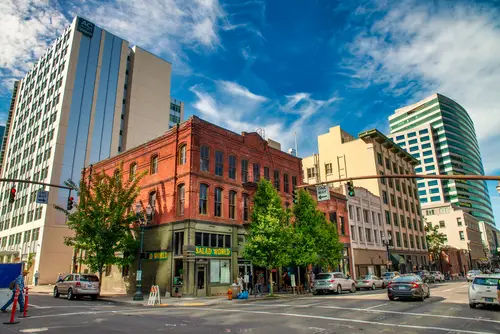
Portland’s reputation for being “weird and alternative” is under siege from gentrifying trends in neighborhoods like Alberta, Mississippi, and East Portland. New developments, rising rents, and upscale “artisan” storefronts have squeezed non-affluent residents.
Some local activists argue that what was once a city of outsider pride is increasingly curated and polished, losing the ragged edges that made it real. The original local scenes say they’re pushed further out and harder to access.
14. Los Angeles, CA
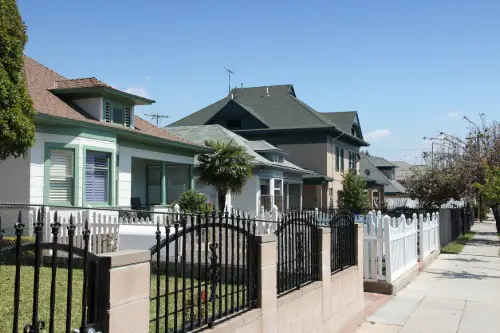
In L.A., neighborhoods like Boyle Heights, Echo Park, and parts of South L.A. have been transformed by gentrification — in some cases very visibly, with murals covered, heritage establishments closing, and communities losing footholds. The cultural tension in Boyle Heights (between longtime Latino residents and incoming younger, more affluent populations) has become a national example.
Critics warn that parts of L.A. are being turned into theme-park versions of themselves, where “authentic” culture is curated for outsiders rather than lived by locals. When new arrivals don’t understand those histories, the memory of struggle and local identity fades.
15. Detroit, MI
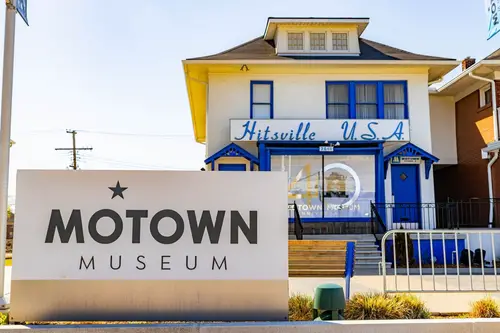
Detroit is somewhat different because it’s often framed as a “comeback city,” but parts of its rebirth have come at the cost of displacing longterm residents and altering community identity. In areas like downtown, Midtown, and Corktown, property values have surged and many lower-income residents—often Black—have been forced out.
Eviction data suggests that the process isn’t uniform, but the signs are there: cultural institutions, local businesses, and communal networks have been stressed by rising costs. Even as some native Detroiters benefit from increased home values, others fear that what remains of the city’s working-class culture is being hollowed out.
16. Miami, FL
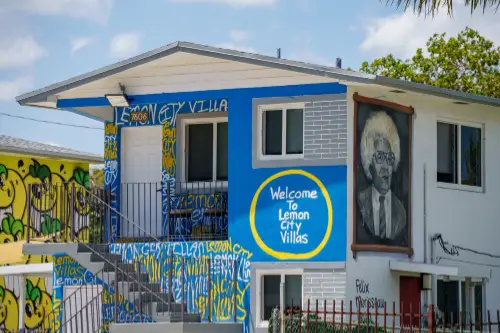
Miami’s neighborhoods — particularly Little Haiti, Liberty City, Wynwood, and Overtown — have felt strong pressure from gentrification tied to foreign investment, tourism, and real estate speculation. In Little Haiti, for instance, cultural markers like Haitian art galleries, Creole businesses, and community spaces face rent pressure and redevelopment.
Overtown, once called the “Harlem of the South,” has lost many music venues and Black gathering spots as commercial projects move in. Critics argue that the city’s identity is being recast along luxury and spectacle, rather than on local stories and lived cultural expression.
This post 16 American Cities That Lost Their Soul to Gentrification was first published on American Charm.


